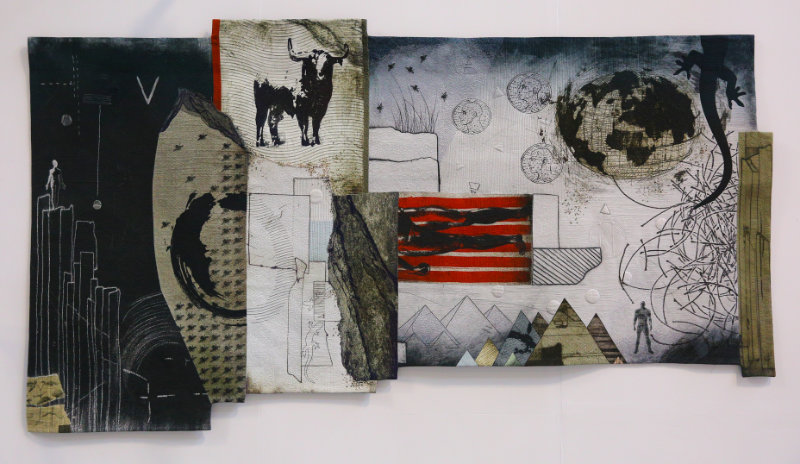

The train has a known velocity – Each ART can reliably estimate how much cargo (new features) can be delivered in a PI.Synchronization is applied – All teams on the train are synchronized to the same PI length (typically 8 – 12 weeks) and have common Iteration start/end dates and duration.The System Demo provides a mechanism for evaluating the working system, which is an integrated increment from all the teams. A new system increment every two weeks – Each train delivers a new system increment every two weeks.

If a Feature misses a timed departure and does not get planned into the current PI, it can catch the next one. The schedule is fixed – The train departs the station on a known, reliable schedule, as determined by the chosen Program Increment (PI) cadence.A long-lived Agile Release TrainĪRTs operate on a set of common principles: An ART delivers a continuous flow of value, as shown in Figure 1.įigure 1. ARTs are organized around the Enterprise’s significant Development Value Streams and exist solely to realize the promise of that value by building Solutions that deliver benefit to the end-user.ĪRTs are cross-functional and have all the capabilities-software, hardware, firmware, and other-needed to define, implement, test, deploy, release, and where applicable, operate solutions. Each is a virtual organization (typically 50 – 125 people) that plans, commits, develops, and deploys together. The Agile Release Train (ART) is a long-lived team of Agile teams, which, along with other stakeholders, incrementally develops, delivers, and where applicable operates, one or more solutions in a value stream.Īgile Release Trains align teams to a shared business and technology mission. Stephen Bungay, author and strategy consultant Agile Release Train The more alignment you have, the more autonomy you can grant.


 0 kommentar(er)
0 kommentar(er)
